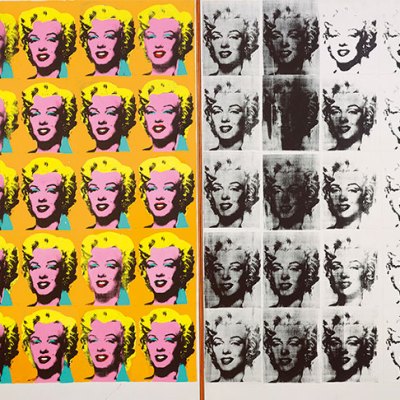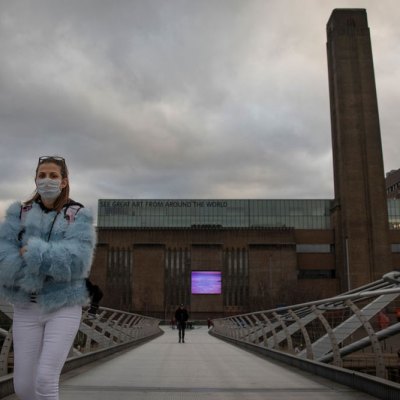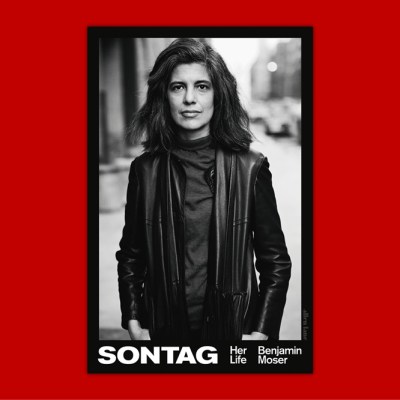Andy Warhol was a man for whom identity was something to be both constructed and erased, often at the same time. His physical appearance in some ways mirrored that of his famous celebrity portraits – their faces flattened, leached of all contour and colour, then enhanced in extravagantly unnatural ways. His blotchy and pockmarked skin was disguised by the waxwork sheen of thick make-up; his bulbous nose reshaped into a ski slope by elective surgery; his platinum wig so patently artificial that it acted as a kind of double bluff to distract from his early-onset baldness. In a flat, affectless drone, he would speak of his enthusiasm for being bored and how he wanted to be a machine. All of this he called his ‘plastic’ persona – plastic as in the futuristic polymer used to make 1960s raincoats, furniture, sunglasses and artificial flowers, but also in the art-historical sense of something malleable and easy to mould.
 So how, then, does a biography deal with a man who presented as a blank, his background and personality carefully sanded down? In Blake Gopnik’s case, it is with a work as deep and layered as Warhol’s art was self-consciously flat and shallow. Across nearly 1,000 pages and drawing on two decades of diligent research, the art critic has built up an account of Warhol’s life that not only documents his doings year by year, but also sets out to deconstruct the various myths concocted both by Warhol and by those who encountered him. Gopnik gives amusingly short shrift to critics who suggest that his work can be entirely explained by his upbringing in industrial Pittsburgh, his membership of a comparatively obscure ethnic group known variously as Carpatho-Rusyns or Ruthenians, or his supposedly devout Catholicism. (‘There’s no record of Warhol making newcomers fill out a religious questionnaire or of him dropping an acolyte who turned out not to also genuflect to the Pope.’) He is also mordantly sceptical about anecdotes recalled at decades’ remove, which tend towards the pat simplicity of TV-biopic eureka moments – it seems that everyone who met Warhol immediately recognised that he was touched by genius, and could clearly recollect him slurping down Campbell’s soup at practically every opportunity.
So how, then, does a biography deal with a man who presented as a blank, his background and personality carefully sanded down? In Blake Gopnik’s case, it is with a work as deep and layered as Warhol’s art was self-consciously flat and shallow. Across nearly 1,000 pages and drawing on two decades of diligent research, the art critic has built up an account of Warhol’s life that not only documents his doings year by year, but also sets out to deconstruct the various myths concocted both by Warhol and by those who encountered him. Gopnik gives amusingly short shrift to critics who suggest that his work can be entirely explained by his upbringing in industrial Pittsburgh, his membership of a comparatively obscure ethnic group known variously as Carpatho-Rusyns or Ruthenians, or his supposedly devout Catholicism. (‘There’s no record of Warhol making newcomers fill out a religious questionnaire or of him dropping an acolyte who turned out not to also genuflect to the Pope.’) He is also mordantly sceptical about anecdotes recalled at decades’ remove, which tend towards the pat simplicity of TV-biopic eureka moments – it seems that everyone who met Warhol immediately recognised that he was touched by genius, and could clearly recollect him slurping down Campbell’s soup at practically every opportunity.
The beauty of his approach is that it allows Gopnik to rehearse the anecdotes – which are often entertaining in their own right, and even more so with his commentary appended – without necessarily endorsing them. In a sense, the truth or otherwise of the stories is beside the point; everything about Warhol, from the tales he told to the opinions he vouchsafed, was calculated and tailored for public consumption. He walked the line between shyness and extroversion, always ‘on’ while affecting to be the opposite. Of Warhol’s rather solipsistic way of sitting back and watching other people as if they were a television programme put on for his benefit, Gopnik charitably suggests that this might have been down to him continually performing a role in his interactions with others, and assuming that the same thing must apply across the board. (It does appear, however – particularly from the way he treated Edie Sedgwick as little more than another type of artistic medium to be used as it suited him – that Warhol might have been proceeding from a considerably darker and more manipulative place.)
What we all dread most, G.K. Chesterton said, is a maze with no centre. So, having dismissed many of the more widespread origin myths about Warhol and his work, what does Gopnik propose to fill the hole? What is at the centre of Warhol’s maze? The answer, it seems, is his sexuality. It’s a thesis that is presented through endless repetition with subtle variations, like so many Brillo boxes or Elizabeth Taylors. This is in part another exercise in myth-busting, a counterpoint to the widely held notion that Warhol was effectively asexual, but it is equally a way of looking at the artist through a very 21st-century prism of gender nonconformity, queer culture and similar buzzwords. It is notable that after 20 years of work, Gopnik’s biography should be published to coincide with a Tate Modern show that advances a broadly similar interpretation, one in which the Ladies and Gentlemen portraits of drag queens are foregrounded to paint Warhol as not just transgressive in art-historical terms, but radical politically as well. Like everyone else featured in the media in 2020, Andy Warhol has become an activist.
Whether this idea of activism is convincing, when writing about a figure so calculatedly inert, is perhaps best left as an exercise for the reader. The book’s subtitle – ‘a life as art’ – clarifies the point; it is a commonplace to say that the concept of ‘Andy Warhol’ was perhaps the artist’s greatest work of all, but the implications of that run deep. After all, if his life was art, it is open to interpretation, much as any other work is. Gopnik’s book suggests it is valid to think not so much about a biographical look at Warhol’s art, as an art-critical look at Warhol’s biography. It is easy to define his public image as a projection of his insecurities, a way of dealing with the celebrity he both craved and shrank from – but it is of equal importance to note that it was also an end in itself, entirely consistent with his lifelong project of elevating the banal to the status of high art. This, after all, was an artist who could take the hyperbolic term ‘superstar’ and apply it to nonentities such as Baby Jane Holzer or Joe Dallesandro, and who advanced the very contemporary notion of people becoming famous not for doing anything, but for a simple duration of time (15 minutes, as we all know). The kitsch – some would say camp – focus on layered irony, the celebration of blankness and meaninglessness in Warhol’s persona is all a part of the constant agon between high and low that defines his work. Warhol was not simply a showman, a show-off – he was a Warhol. He became, in Gopnik’s words, ‘his own Duchampian urinal, worth looking at only because the artist in him had said he was’.
Andy Warhol: A Life as Art by Blake Gopnik is published by Allen Lane.
From the May 2020 issue of Apollo. Preview and subscribe here.



